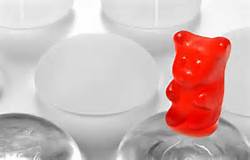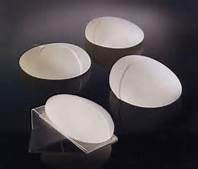
In the February 2016 issue of the Aesthetic Surgery Journal, an article was published entitled ‘Nine-Year Core Study Data for Sientra’s FDA-Approved Round and Shaped Implants with High-Strength Cohesive Silicone Gel’. In this paper, nine year follow-up data was evaluated for Sientra’s round and shaped silicone gel breast implants. This is part of a ten year study that initially enrolled almost 1,800 with just over 3,500 Sientra implants for primary, revision-augmentation, primary breast reconstruction and revision-reconstruction. The overall risk of capsular contracture was just under 13%. Smooth breast implants had a higher rate of capsular contracture (16%) compared to textured breast implants. (8%) Over 600 reoperations were done in 477 patients, of which half of the reoperations were done due to aesthetic reasons. In the primary augmentation group, the most common reason for reoperation was capsular contracture (25.%). In the revision-augmentation and the primary reconstruction cohorts, the most common reasons for reoperation were style/size change (18% and 21%, respectively). In the revision-reconstruction cohort, the most common reason was asymmetry (23%)
Across all four groups, magnetic resonance imaging (MRI) consisted of about 570 patients who undergo regular MRIs to assess for ruptures. The Sientra primary augmentation 10 year MRI rupture rate was 9.0%. The use of high-strength cohesive fill, shown to have higher stability as well as the increased gel-shell integration is an explanation of the low rupture ratess seen in this Sientra study.

The nine year data for Sientra breast implants study shows a good safety and performance results that performs as well, if not better, than other breast implants on the market.
Dr. Barry Eppley
Indianapolis, Indiana


